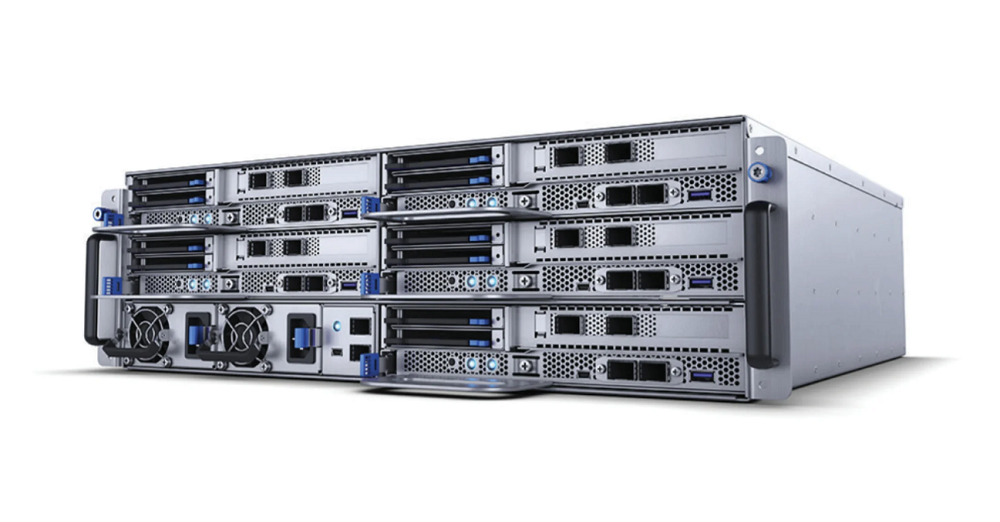A piece of hardware called an edge-mount server computes data at the “edge” of a network. An edge computing server can perform networking, storage, and computation tasks much like a standard server, which helps businesses and institutes do their daily tasks easily. These devices handle requests more quickly than a centralized server since they process data physically close to end users and on-site apps.
The edge servers are fueling advances in deep learning, machine vision, and artificial intelligence. As a result, many analytics operations are now carried out outside of the typical data center setting. However, this aids businesses in resolving technical issues and helps the system function properly. Also, this helps to process the data quickly, which helps the employees finish the work on time.
Let us know how the edge servers help the data processing go faster.
Decreased Latency
Data transmission to and from the cloud is no longer necessary, which is the most obvious benefit of data processing at the edge. Data processing latencies can be significantly decreased as a result. This facilitates faster data flow for users and eliminates waiting times while it is working. Also, this contributes to enhancing and raising productivity at work.
For instance, in industrial applications, an edge computing server aids in quick response to technological emergencies. Unlike cloud computing, the server helps reduce the overall latency from technical to non-technical
Reduction in the Need for Bandwidth
The need to communicate data with external networks would be lessened with an edge server, requiring less network traffic and costing less money. In order to improve quick data processing, this enables the device to connect directly to the network.
Images must be sent in their entirety for processing online when using cloud computing. On the other hand, there would be no need to relay such data if an edge server were utilized instead. As a result, only the local network can be used for this transfer, significantly reducing bandwidth expenditures. This method also frees up more room on the device’s total storage, allowing the device to store more fictitious information and documents.
Enhanced Dependability
When deploying edge computing servers, operational hazards are dispersed across several networks due to the distributed nature of edge computing. This means that even in the event of a failure of the centralized cloud computer or cluster, the edge-mounted server would be able to continue to support the local network’s operations. Because of this, the system can retain its high burden and continue to function properly. This is crucial for crucial IoT applications in the healthcare industry or crucial control systems. In addition, this is applicable to numerous other institutions, including educational ones.
A Higher Level of Data Security
By using edge computing, there are fewer open connections and the potential for cyberattacks as a result of less data being transmitted to remote areas. Data and resources from less connected networks can be saved and bypassed, ensuring the security of the company’s sensitive information. However, this keeps local equipment secure and out of the way of any intercepts or data breaches.
On top of that, since data is no longer processed or kept in a centralized cloud, the effects of a single breach are much reduced. As a result, this facilitates quick and easy data transfer while maintaining good quality.
An Increase in Computing Power
It helps to process the quick data processing that servers are frequently fitted with a lot of computer power. Local devices are often less powerful due to space and power limitations; hence, edge computing servers offer computational capabilities that support local devices. As a result, apps that are deployed on the edge now have more potential. It looks lovely in homes and offices since the edge supports the physical appearance as
Computerized Distribution
In order to bring processing capacity closer to the site where data is generated, edge servers share computer resources across several locations. This resource allocation improves overall processing power and speeds up data processing. Because of this, servers are crucial tools for workplaces and other businesses. Also, employing an edge device makes it simple and reliable to process data.
Offline Activity
Even when access to the central server or cloud is spotty or nonexistent, edge computing servers can still function. Even in situations when network access is erratic, this feature enables continuous data processing and analysis. Meanwhile, this manages the entire severe workload when the users request it.
Conclusion
The edge servers are the devices that help to compute, network, and store the data easily. This does not allow the network to connect to numerous other networks, which saves the system and data from any privacy threats and others. Also, this helps the users do their work more efficiently and compactly.
Read More: 10 Tips for Troubleshooting Common Server Management Software Issues

